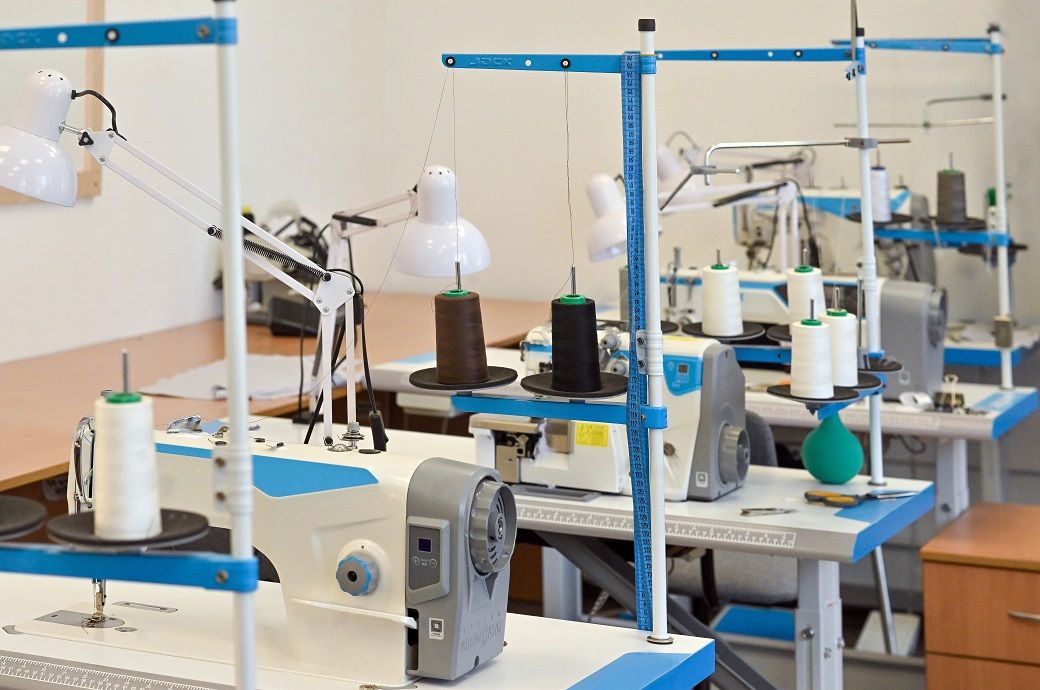
Supply side factors eased as input costs and average wages declined, pointing to continued softening of inflationary pressures, according to The Australian Industry (Ai) Group, which released the index.
Demand side weakness continued, as new orders dropped while sales remain subdued, with manufacturers particularly affected.
The contraction in sales activity eased slightly to minus 15.6 in June. Since reaching a recent trough at the start of 2024, the trend has shown gradual signs of recovery.
Employment improved by 6.6 points to be broadly stable at minus 1.9. This is the first time the index has approached neutral since March 2024.
The steady recovery evident in trend data for sales and employment points to improving conditions for the industrial sectors, the Ai Group said in a release.
Manufacturing continued to contract despite the broader recovery in industrial sectors, with the purchasing managers’ index (PMI) declining to minus 29.3. In trend terms, manufacturing performance continues to slide.
Sales of manufacturers were affected by weather, rising costs and trade uncertainty that weakened buyer confidence; in response discounts and flexible payments were employed to boost demand.
Capacity utilisation in Australian industry moved slightly upwards to 77.9 per cent in June. Some respondents indicated that increased new orders lifted capacity utilisation and it is likely that capacity utilisation will increase in the coming months.
Despite some easing, capacity utilisation remained constrained due to skilled labour shortages, rising living costs and growing competition.
Larger contracts are helping sustain operations, but skilled labour shortages and retail sector weakness continue to pose challenges for some respondents, it noted.
The new orders index edged down slightly, landing at minus 13.8, a similar rate to the previous month. Since mid-2024, the indicator has shown a gradual trend of improvement.
Input volumes fell by 8.9 points in June to minus 11.7, reversing May’s gains and matching earlier lows.
Some respondents noted signs of enquiries picking up, though overall demand remained soft and reduced orders reflected a cautious outlook for customer spending in June.
Market conditions remain strained as global volatility, regulatory changes and competition from imports continue to disrupt supply chains and curtail orders.
Pricing indicators showed mixed results in June. The sales price indicator increased to 5.5, while the input prices indicator decreased to 36.5.
The gap between sales prices and input costs improved by narrowing to 31.0 in June. However, the wide gap continues to point to margin pressures.
The wages indicator remained stable at 36.8, and it has been steady in trend terms since late 2024.
Pricing remains under pressure from geopolitical uncertainty, weak local demand, import competition and climate-related economic impacts.
ALCHEMPro News Desk (DS)
Receive daily prices and market insights straight to your inbox. Subscribe to AlchemPro Weekly!